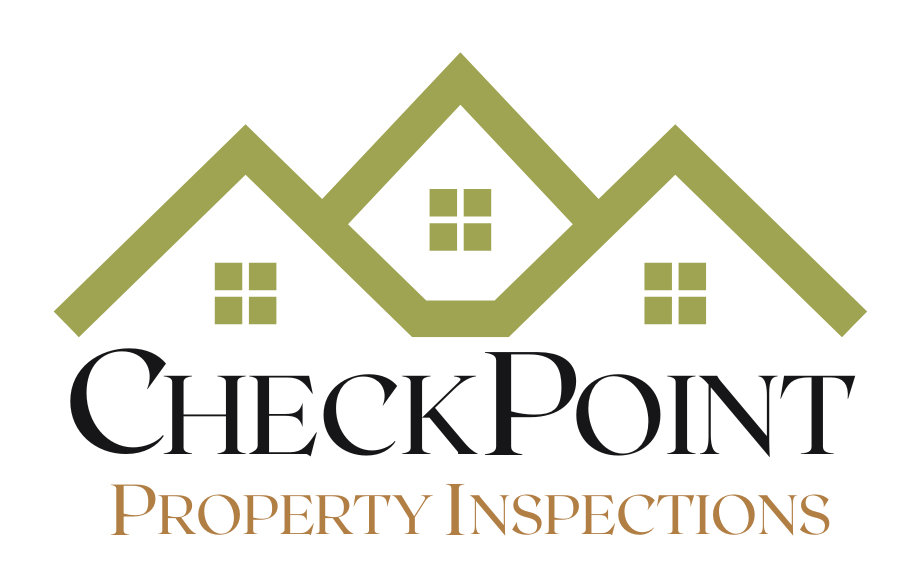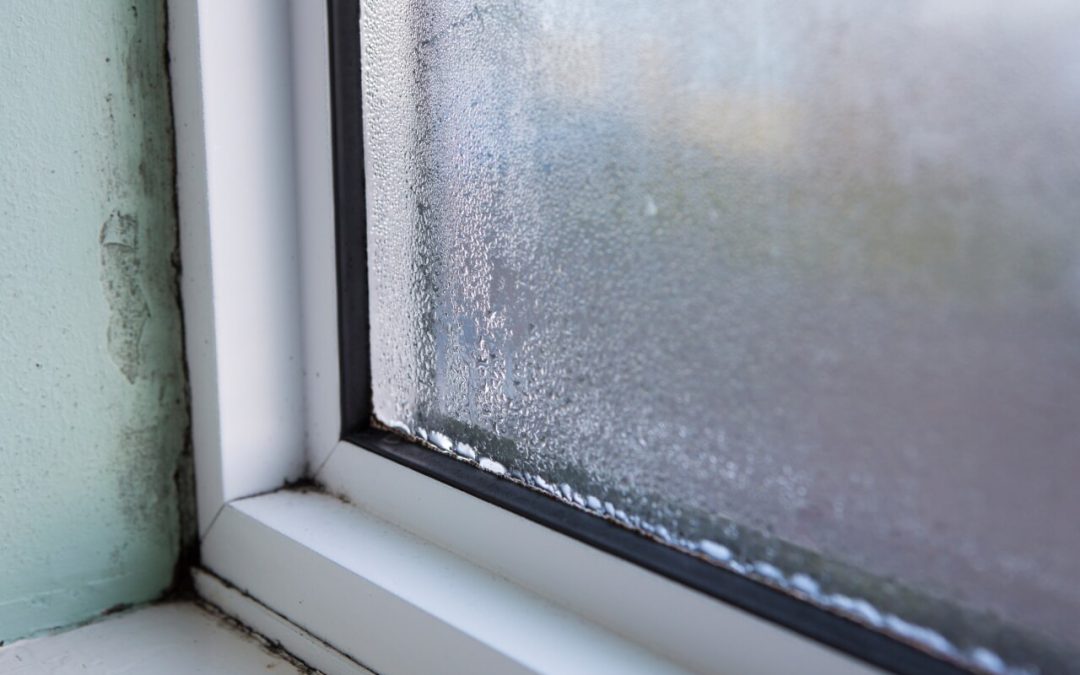When it comes to the well-being of our families, few things are as important as maintaining a healthy living environment. Unfortunately, mold growth often goes unnoticed, but it does pose a significant risk to our health and the structural integrity of our homes. Mold can occur in any house, regardless of its age or location. Recognizing the signs of mold growth is essential to address the issue promptly and safeguard the health of your household. Here are common indications of the presence of mold in your home.
Signs of Mold Growth: Musty Odors
Mold often produces a distinct, musty odor. If you notice an unpleasant, earthy smell in your home, especially in enclosed spaces or areas with poor ventilation, it could indicate mold. Don’t ignore persistent odors. Look for damp areas and other signs to try and pinpoint the source.
Visible Mold
One of the most obvious signs of mold in a home is the appearance of visible mold. It can manifest in various colors, including black, green, white, or orange. Look for fuzzy or slimy patches, spots, or streaks on walls, ceilings, floors, or other surfaces. Pay particular attention to moisture-prone areas, such as bathrooms, mudrooms, basements, and kitchens.
Water Damage
Mold thrives in moist environments, so any areas affected by water damage can contribute to mold growth. Look for signs of water leaks, such as stains, discoloration, or peeling paint on walls or ceilings. Wet or damp carpets, warped floorboards, and bubbling wallpaper are red flags. Water damage promotes mold growth and may affect the structural integrity of your home.
Allergic Reactions are Signs of Mold Growth
Mold spores can trigger allergic reactions and respiratory issues in sensitive individuals. If you or your family members experience unexplained symptoms such as nasal congestion, sneezing, coughing, itchy eyes, or skin irritation, it’s worth considering mold as a possible culprit. These symptoms may worsen when spending time in a specific area of your home, and you might notice the reaction is relieved when leaving the house.
Increased Humidity
High humidity levels create an ideal environment for mold growth. If your home feels excessively humid or you see condensation on windows or countertops, take steps to control moisture levels. Use a dehumidifier, run ventilation fans to boost airflow in bathrooms and kitchens, and address plumbing leaks promptly.
Discolored Grout or Caulk
Mold can develop in the grout or caulk lines in bathrooms or kitchens. If you notice discoloration or darkening in these areas that persists even after cleaning, it could indicate mold growth.
Detecting the signs of mold in a home is the first step in maintaining a healthy living environment. Promptly address mold to mitigate health risks and prevent damage to your home’s structure. If you suspect mold growth, consult a professional mold remediation specialist to assess the situation and take appropriate measures. Cleaning the affected areas and addressing the issue early on is key to preserving the well-being of your home and its occupants.
CheckPoint Property Inspections offers home inspections in Burlington, Vermont, and surrounding areas. Contact us to schedule our services.

